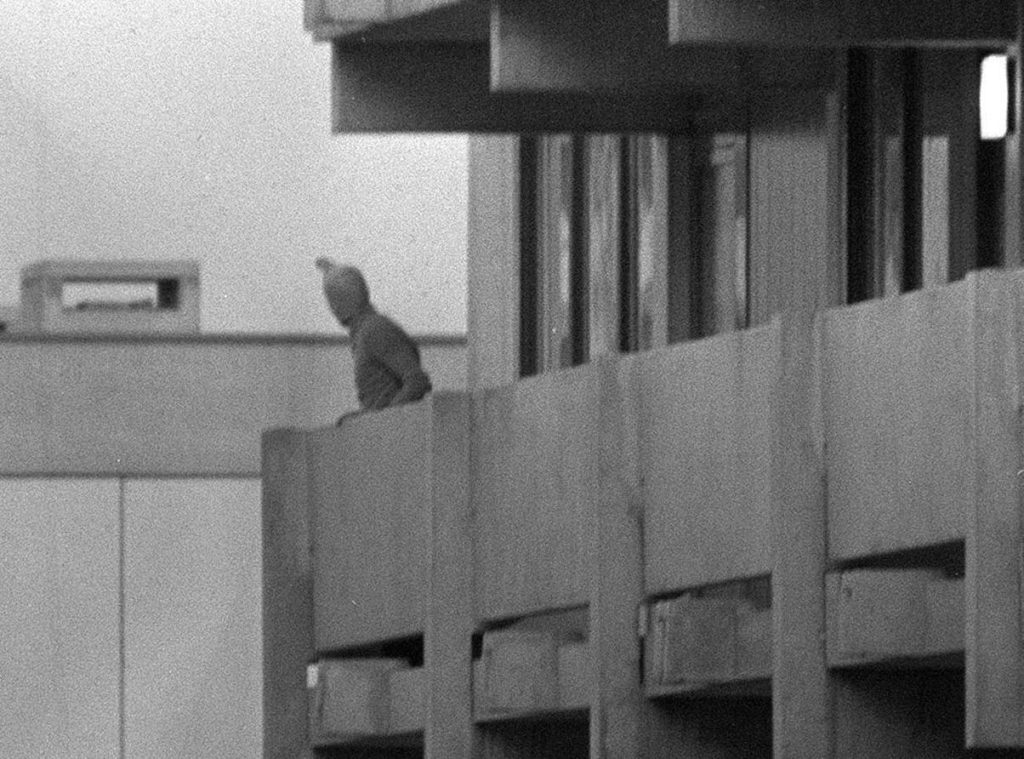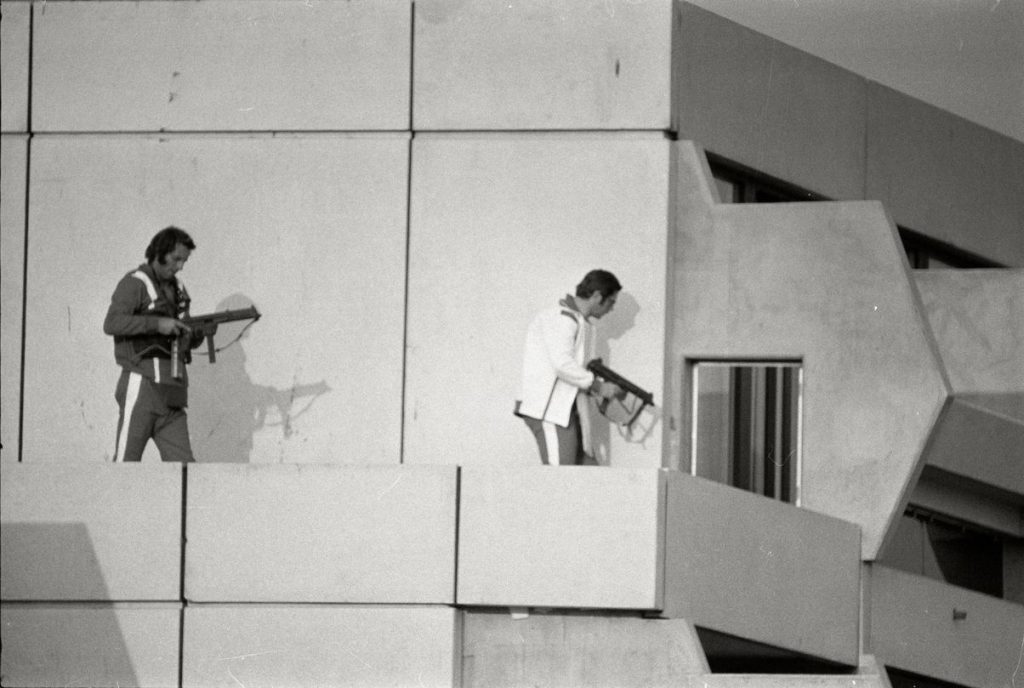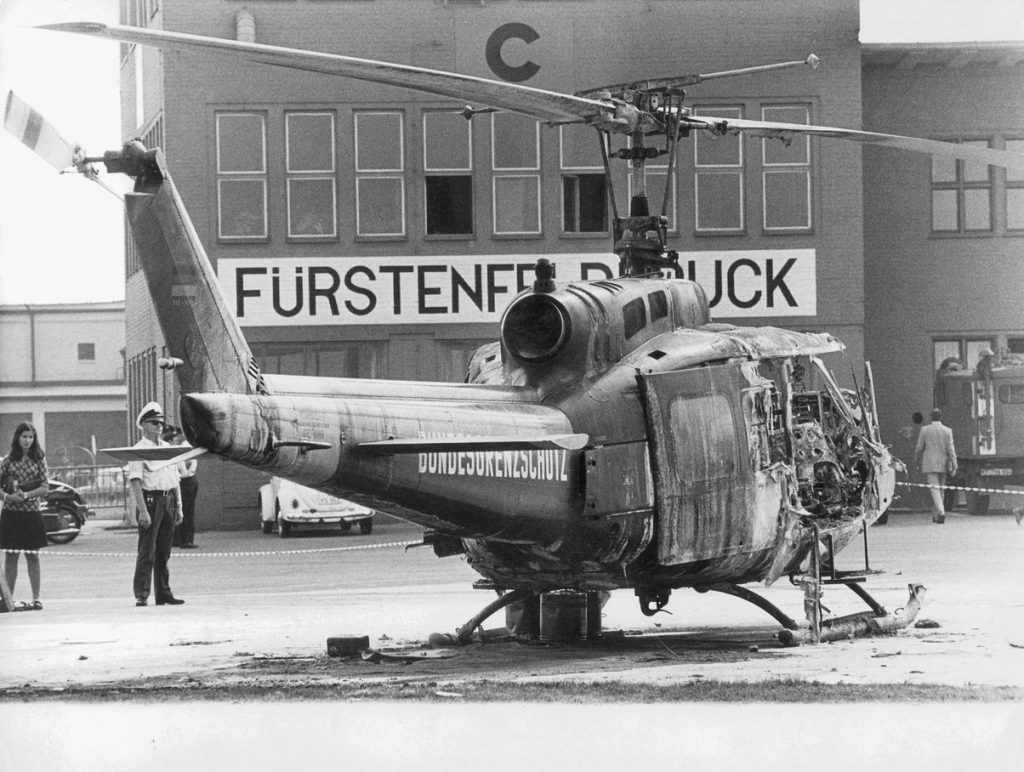The Attack at the 1972 Olympics


Munich was the venue for the 20th Summer Olympics in 1972 that were promoted as the ‘Cheerful Games’. The aim was a sports festival ‘without barriers’ where athletes, coaches, international guests and local residents could meet and get to know each other. The Games in Munich were also designed to be the opposite to the 1936 Olympic Games organised by the Nazi regime. The global public was to experience a new, reformed, friendly and democratic Germany. For this reason, the security concept did not include visibly heavily armed uniformed personnel or close and rigid controls. In order to avoid political conflicts in the Olympic Village, the Egyptian and Israeli athletes were deliberately housed in different areas of the village. The Olympic Village was protected by a fence that was, however, to scale. The access controls could not stop the perpetrators who were determined to go to extremes.
The attack by eight Palestinian terrorists from the ‘Black September’ organisation on the Israeli team in the Olympic Village and the taking hostage of eleven athletes on 5 September 1972, caught the security authorities more or less unprepared. As is now known today, the crisis management was inadequate. After a poorly planned and tragically failed rescue operation by the police at Fürstenfeldbruck airbase, eleven Israelis and a German policeman were killed. Five of the eight terrorists died during the gunfight with the police force. For the international public and especially for the people of Israel and the families of the sportsmen directly involved, the terrorist attack was a severe shock. Despite this, the IOC President Avery Brundage announced on 6 September: ‘The games must go on.’
The memorial site to the attack at the 1972 Olympics was opened in Munich’s Olympic Park in 2017. It provides multimedia information about the attack and its victims.
